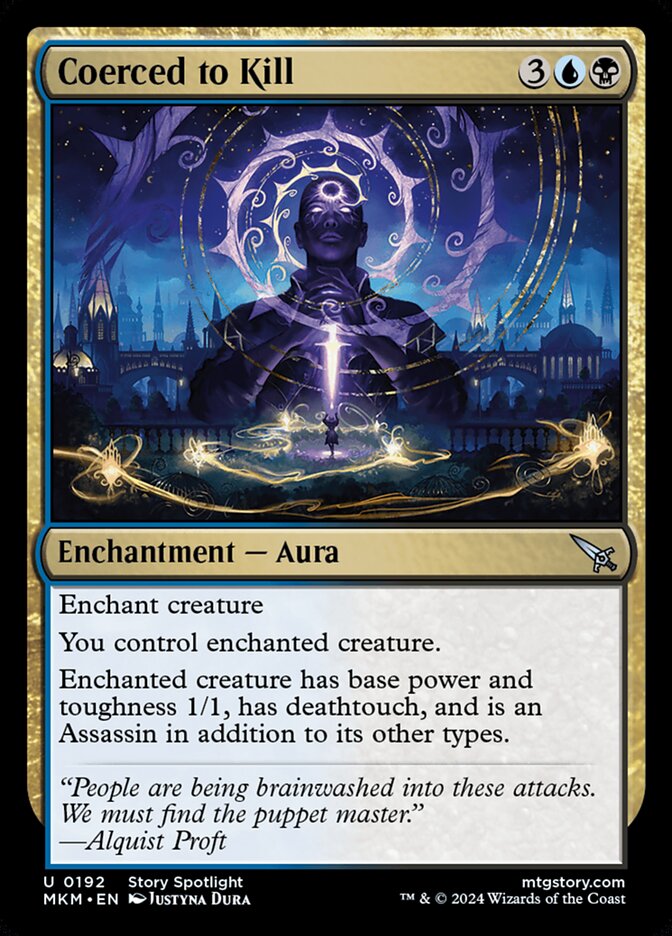Collects Thor (2018) #’s 1-6
by Jason Aaron and Mike Del Mundo
I started Jason Aaron's Thor run in 2014, with the Esad-Ribic-drawn God Butcher and Godbomb. We last left it at Jane Foster's turn with Mjolnir, in 2021. We pick up the hammer once again, with a newly-worthy Thor Odinson, in God of Thunder Reborn, in this year of our Lord, 2024. A whole decade later, and 6 years after its original publication date! Thor is a whole new book today. I am a whole new person. What have I missed?
by Jason Aaron and Mike Del Mundo
I started Jason Aaron's Thor run in 2014, with the Esad-Ribic-drawn God Butcher and Godbomb. We last left it at Jane Foster's turn with Mjolnir, in 2021. We pick up the hammer once again, with a newly-worthy Thor Odinson, in God of Thunder Reborn, in this year of our Lord, 2024. A whole decade later, and 6 years after its original publication date! Thor is a whole new book today. I am a whole new person. What have I missed?
Well, not much but I can’t say it was a great experience coming into this series cold, for all intents and purposes. You’re expected to know about all these Thor side characters and what they’re going through in the 6 issues told. Thor has a new arm, a new hammer and a new dog but those are backstories at this point, told in other stories.
For the uninitiated, the primary backdrop of the story is Queen Cinder’s war on the realms, these 6 issues focusing on her attempt on Niffleheim, the cold and misty land of the dead of Asgardian legend. Thor and Loki reunite with their other brother (which I guess has always been around?), and attempt to save the realm from the Queen. There’s a wedding somehow shoehorned into the story, along with a side-story set at the end of times, with King Thor, Old Man Logan as the Phoenix and a Sorcerer Supreme Doom. It feels like a mash-up “What If?” Story that’s allowed to be canon because it’s so far in the future.
Serviceable, and it has all the dry humor you’d expect from Jason Aaron, but without being immersed in the story for so long, you feel behind right from the start. The art feels “premium,” and matches the lofty themes of the magical world of the nine realms, though I didn’t find the painted art to my liking. Shapes blend into each other and digital effects take away from the painted feel of the art.
I’ve already collected all the way to the War of the Realms. See you in Volume 2, which, at my rate, could take another half decade!
I’ve already collected all the way to the War of the Realms. See you in Volume 2, which, at my rate, could take another half decade!
More Thor? I say thee...yea!
Collects Inferno (2015) #’s 1-5
By Dennis Hopeless and Javier Garron
This is a small side-story that's part of the mega-event Secret Wars from 2015, but it's a whole lot better than it needed to be. Inferno: Warzones! is a strong, character-focused story that reads like a “What If?” that you just want to keep following after the last page. The original Inferno was a crossover X-Men event in 1989 that opened the gates of Hell to Manhattan, unleashing hordes of demons while unlocking new powers for Magik, AKA Ilyana Rasputin, a New Mutant and the younger sister of Piotr Rasputin, AKA Colossus of the X-Men, and Madelyne Pryor, a clone of Jean Grey. Magik learned about her demon half in that story, and Maddie channeled her magical powers and became the Goblin Queen.
Wow, talk about backstory. If you are or can get familiar with the three mutants above, you're in for a good time. The primary focus is on Colossus and his annual attempt to free his sister Ilyana from the clutches of evil, but it's really an arc: Ilyana is too far gone, overtaken by Darkchylde, her demon persona, and Colossus needs to learn when to let go. There's tragedy in that.
Plus, that arm later becomes a bad-ass demon arm that allows Colossus to wield the Soulsword.
Cue in some great side characters in a post-apocalyptic Mr. Sinister, a snarky wisecracking Boom Boom, and a darkly ambitious Goblin Queen, and you're in for a good time. Nightcrawler joins the gang, and is woefully/awesomely transmogrified into a teleporting demon dragon. It's glorious.
What makes this comic so great is that it tells such a refreshing story with fan-favorite characters that I've been reading for years. The fact that it's an "Elseworld" means that you can take liberties with the characters -- turn them into badass creatures, kill off adversaries that you couldn't kill off in the mainline universe, for the catharsis. The story feels brand new, and I just want it to keep going after the last page. The stuff of great comics.
And by that, I mean SPOILER: The Goblin Queen takes the throne of Inferno, absorbing the Hellfire from Darkchild's smoldering body and becomes something new. Glorious.
Bonus content: The Goblin Queen introduces her son, and, proves why she would fare much better in Battleworld than Jean Grey.

















































